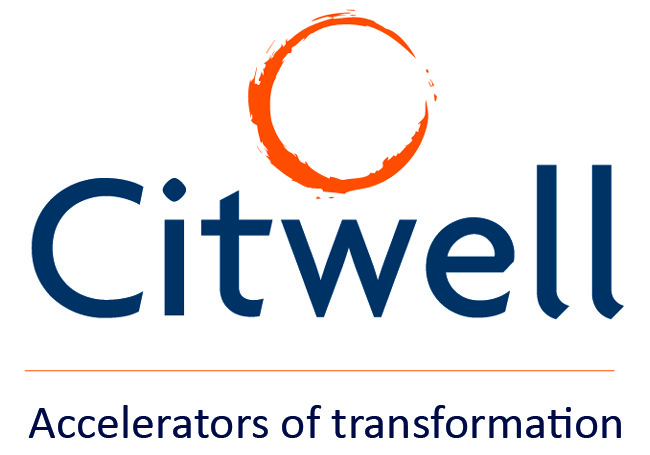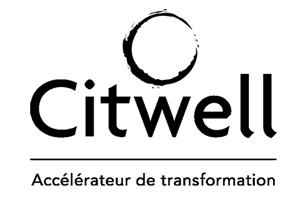About
Ranked among the top 10 pharmaceutical companies in the world, this company is divided into five global business units, specializing in different activities.

Problems
- One of the company’s pharmaceutical production sites specializing in drugs for rare diseases and oncology is experiencing robust and anticipated growth. However, it contends with significant challenges, including a high degree of variability in planning and scheduling, as well as substantial issues related to component availability. Meeting annual production targets is not consistently achieved. Additionally, the site aims to establish itself as a benchmark for future new product launches.
- To tackle these challenges effectively, the campus sought assistance in diagnosing its supply chain complexities and identifying opportunities for supply chain optimization. The objective is to create an agile transformation roadmap that increase productivity, reduces lead times, and streamlines industrial operations, thereby enabling the site to achieve its production goals and position itself as a leader in innovative product launches in the years ahead.
Citwell's mission
- Supply chain diagnostics
- Interviews + 80 site players and leadership members.
- Facilitation of workshops to validate existing systems (As Is).
- Assessment of the site’s supply chain maturity through the construction of an adapted self-assessment tool.
- Macro-definition of projects to be carried out.
- Target co-construction
- Target design workshops (To Be).
- Setting up a roadmap to reach the target.
- Support during the implementation phase
- Detailed target definition for each site and sub-site, in line with compagny’s global strategy.
- Support for management and operational teams in implementing actions and driving change (seminars, individual coaching, communication, training, etc.).
- Gradual transition plan from Citwell teams to compagny’s team.
- Supply chain diagnostics
Results
- Setting up a supplier evaluation and communication process.
- Cleansing of Master Datas in the information system and definition of target governance.
- Implementation of a fixed planning and scheduling horizon to streamline operations, minimize variability, and ensure better control over lead times and inventory levels.
- Definition of safety stocks and raw material replenishment methods
- Construction of a RCCP (Rough Cut Capacity Planning) tool and associated Sales and Operations (S&OP) process.
- Reorganization of autonomous production units and definition of processes to be covered and RACI.
- Deployment of supply chain KPIs to monitor and measure performance improvements, focusing on lead time reduction and inventory optimization.
- Construction of a supply chain maturity self-assessment tool.
- Creation of a supply chain training program.




